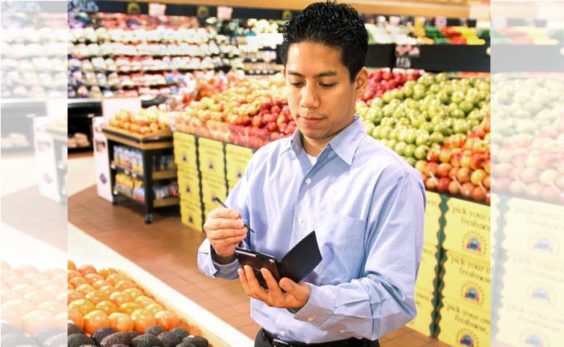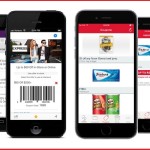Slowly but surely, couponing is undergoing a shift from paper to digital. Sounds straightforward enough. But it’s more complicated than that, because digital comes in many forms – load-to-card, mobile, beacon-delivered, mobile wallet integration, etc. It’s enough to make your head spin.
But couponers have a simple solution. If grocery stores and manufacturers want to give us coupons and discounts we’ll actually use – just text them!
That’s according to a recently-released survey by the mobile marketing services provider 3Cinteractive. The survey’s stated goal was “to find out if there is a disconnect between the directions grocers are headed, and the experience consumers are looking for.”
And the report finds that such a disconnect does indeed exist. While grocers are investing in apps, their customers prefer texts. While customers want more mobile coupons, grocers’ mobile offerings are lacking. And while grocers want more loyal customers, customers think signing up for loyalty programs is a hassle.
The first problem, 3C points out, is that not every retailer should expect you to download and use their app. Most customers surveyed said they had three or four grocer apps downloaded to their phones. But more than half said they only use one or two on a regular basis.
“Customers are not using up to 75% of the grocer apps on their phone – signaling a need for grocers to move beyond a pure app strategy and develop new mobile tactics designed to maximize reach and engagement,” the report recommends.
“New mobile tactics,” such as texts. 3C says texting coupons, offers, notifications and loyalty point updates can reach customers who would never otherwise open the store’s app.
That runs counter to what some retailers are doing. Target introduced mobile coupons, delivered via text messaging, back in 2010. Late last year, though, it announced that mobile coupons would start to become integrated into the Cartwheel app and only available via text upon specific request.
But 3C survey respondents say they actually prefer to be texted. In fact, they prefer to do a lot of things with texting. When asked about loyalty programs in particular, 72% of consumers said they would be more likely to sign up for one if they could do it via text message. And once in the program, nearly half said they’d prefer to receive loyalty communications via text – which is more than all of those who prefer emails or app notifications, combined.
Finally, there’s the issue of mobile coupon availability. While 25% of marketers say a lack of technical resources prevents them from making more mobile coupons available, 75% of shoppers said mobile coupons influence where they shop, the frequency of their visits, the amount of money they spend, and the likelihood they’ll recommend the store to friends.
It’s worth considering the source, of course – 3C provides the very mobile marketing services that its survey recommends. So the conclusions may be as much about what 3C wants, as they are about what shoppers want.
Ultimately, coupons via text might be nice – and certainly preferable to downloading an app from every single store you ever visit. But don’t forget that the vast majority of coupons issued and redeemed are still made of paper. So the future of couponing may be complicated. But for those who prefer their couponing to be less complex – there’s still no time like the present.













